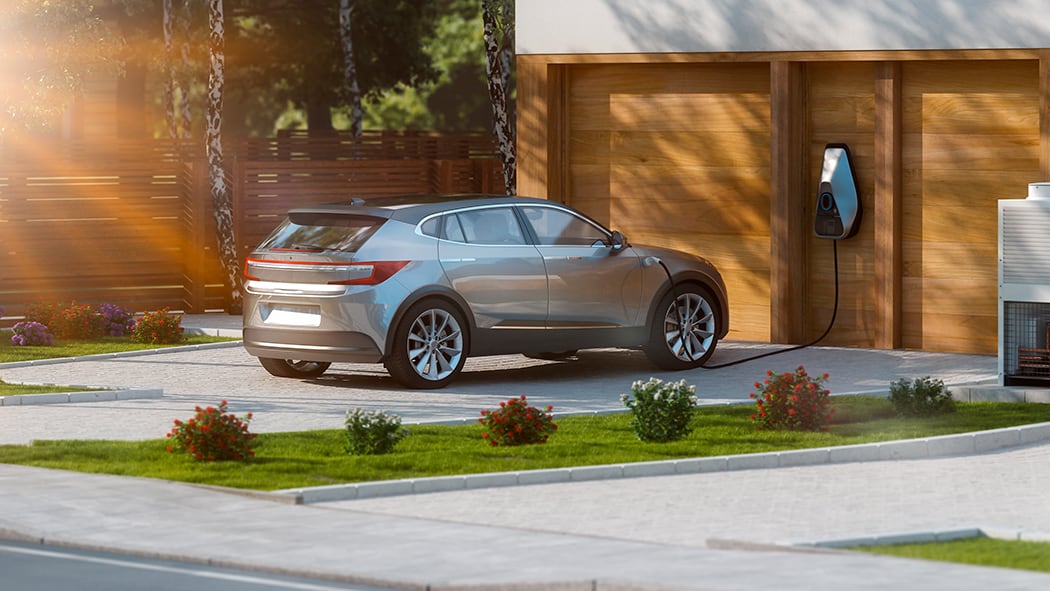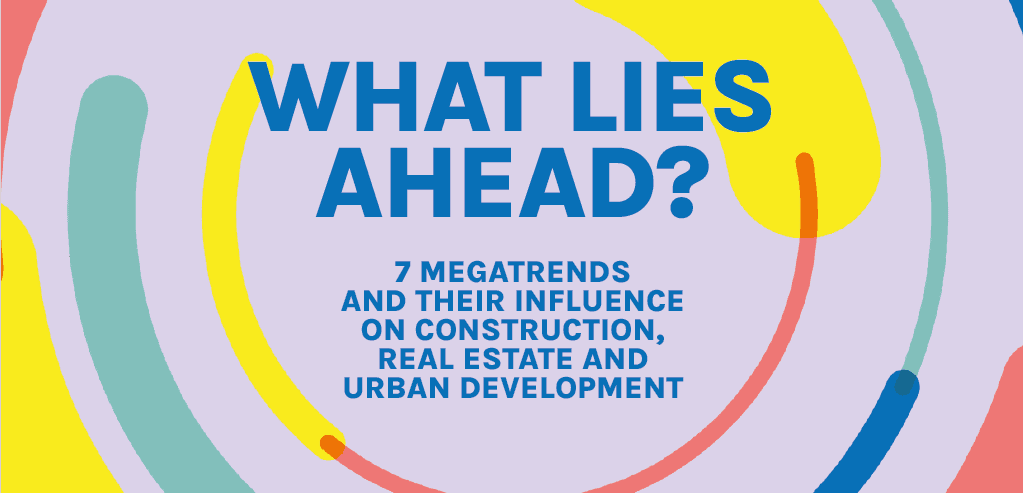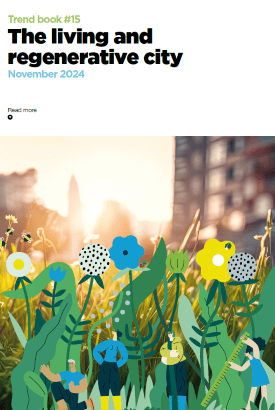
Digital technology for convergence between buildings and mobility
5 minutes of reading
Eleven tonnes of CO2 per year: this is the carbon footprint of a household in France. Given that housing and mobility contribute equally to more than half of all greenhouse gas emissions, it is vitally important to combine the efforts of the construction and mobility sectors. Working within the SBA (Smart Buildings Alliance), the R2S 4 Mobility commission, coordinated by Claude Ricaud – a consultant at the GIMELEC consortium of companies in the electro-digital sector – is striving to achieve this goal.

The SBA has been planning for this convergence for over a year, with the objective of enabling the integration of digital and energy services in the building industry to assist mobility. “To this end, we have worked on developing a methodological framework, in order to give the real estate players the resources they need to approach this in a structured way,” explains Claude Ricaud. “Today, low-carbon mobility is taking off and all car manufacturers are announcing electric vehicle ranges. As a result, over the next 2 years, there will be enormous and increasing pressure on building managers and operators to install suitable infrastructures which go above and beyond the simple provision of charging points.”
Today, 90% of electric vehicles are charged at home or at work. It is therefore logical for mobility to be integrated into the infrastructure of buildings. Consequently, it will be advisable to manage the recharging of electric vehicles intelligently, to avoid the risk of overloading the building’s electrical network. “In the interests of managing this approach and enabling digital systems to communicate with one other, we understand the urgency of implementing an R2S approach to connecting buildings and managing energy in real time. Or even better: providing a reference framework dedicated to mobility – R2S 4 Mobility – to allow buildings to offer all the services necessary for electric mobility,” says Emmanuel François, President of the SBA.
THE R2S 4 MOBILITY REFERENCE FRAMEWORK FOR FORECASTING AND SUPPORTING
CONVERGENCE BETWEEN BUILDINGS AND MOBILITY
The R2S 4 Mobility reference framework, launched in June 2021, is a service extension of the R2S label relating to Charging Infrastructures for Electric or Plug-in Hybrid Vehicles (IRVE) installed in residential and non-residential buildings.
R2S 4 Mobility provides a framework for the charging infrastructure deployed in buildings to support the development of electric mobility. It establishes the EV charging infrastructure provisions to be implemented in the building, basing them on a Smart EV-Scoring indicator, with 4 levels (D, C, B, A) marking increasing requirements for equipment and services delivered.
Level D guarantees compliance with the regulatory requirements for new buildings or major renovations, and establishes an initial setup level.
Level C adds EV charging infrastructure deployment requirements, both for power supply and for communication.
Level B adds intelligent charging management requirements.
Level A certifies the services provide to the building by the EV charging infrastructure, up to “Vehicle To Grid” (V2G) or “Vehicle To Building” (V2X) standards.
The R2S 4 Mobility reference framework classifies the qualities associated with EV charging infrastructure into 5 sub-themes, according to the targeted Smart EV-Scoring level:
- Setup and sizing;
- Initial equipment;
- EV charging infrastructure features;
- Interoperability and Evolution;
- General requirements: Quality and conformity.
More reading
Read also



What lies ahead? 7 megatrends and their influence on construction, real estate and urban development
Article
20 minutes of reading

Energy
in partnership with


‘Paris at 50°C’: a fact-finding mission to prepare Paris for future heatwaves
Article
2 minutes of reading

